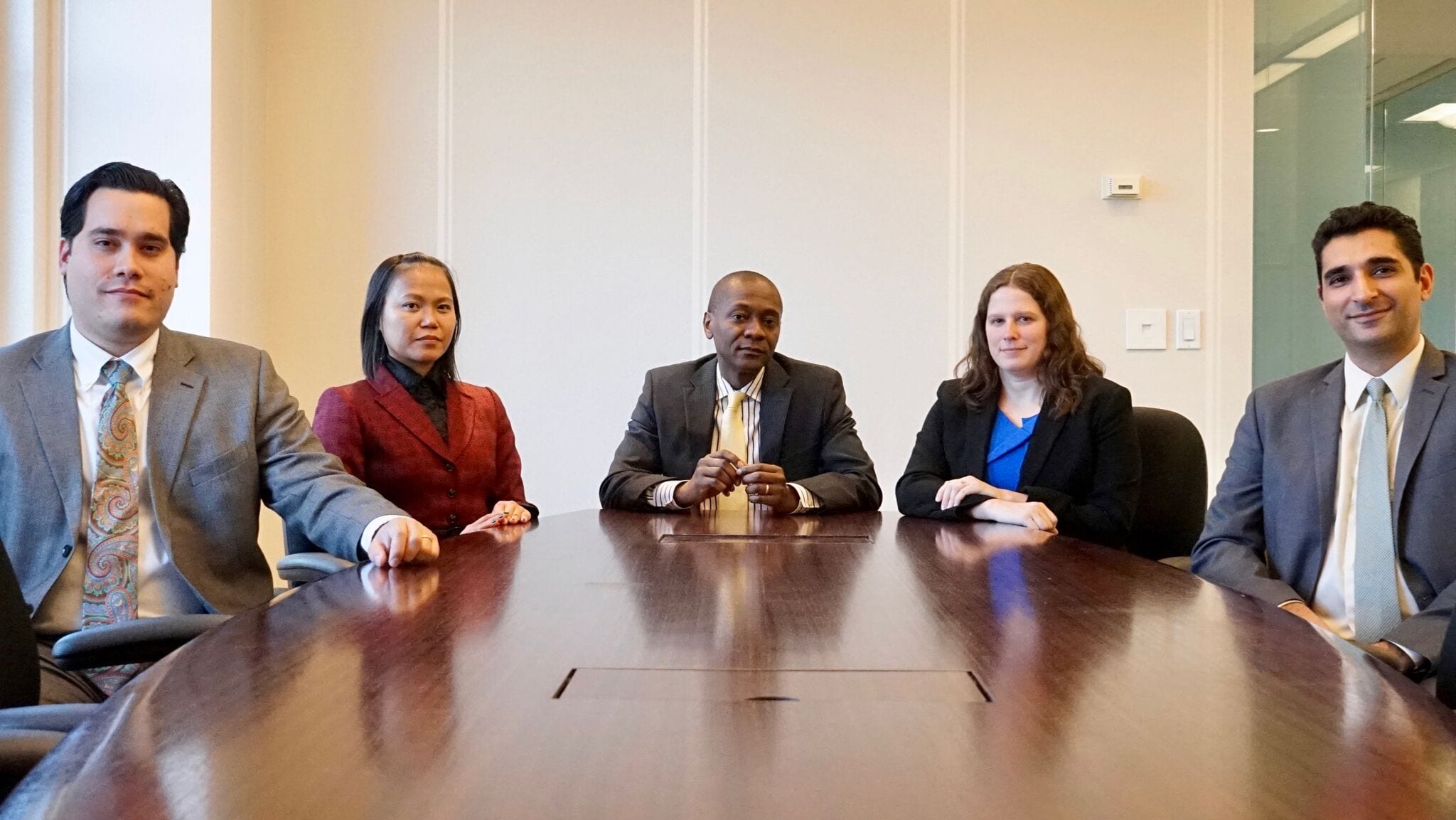
An L-1A visa is a great visa for an employee or owner of a company abroad who wants to transfer to a U.S. office or open a new office in the United States. To qualify for the L-1A visa, the applicant must have been working for the company abroad for at least one continuous year. If the company abroad has a qualifying relationship with a U.S. company that has been operating for more than one year, the U.S. company can file a regular L-1A application, rather than a new office application. Generally, it is preferable to be able to file a regular L-1A application, as new office applications are subject to additional requirements, such as having to secure commercial space for operations. Moreover, a new office L-1A visa can only be granted for one year, while a regular L-1A visa can be granted for up to 3 years. More information about the differences between new office L-1A applications and regular L-1A applications can be found here.
How do I determine if the U.S. company has been doing business for a year or more? What constitutes doing business?
The U.S. company will be considered a new office if it has been doing business for less than a year at the time the L-1A application is submitted. Under regulation 8 C.F.R 214.2(l)(1)(ii)(H), doing business is defined as “the regular, systematic, and continuous provision of goods and/or services by a qualifying organization and does not include the mere presence of an agent or office of the qualifying organization in the United States and abroad.” This means that in order to qualify for a regular L-1A visa, you must show that the U.S. company has been active and operating for a year or more. Some hypothetical scenarios that illustrate what would and would not count as “doing business” for L-1A purposes are described below:
- A U.S. subsidiary of a Japanese parent company was incorporated in August 2015. The U.S. subsidiary rented office space but never hired any employees. When employees of the Japanese parent company visited the U.S., they sometimes used the subsidiary’s office space. In this situation, the U.S. subsidiary would likely count as a new office, given the lack of active operations, such as hiring employees and selling, developing or producing goods or services. Merely incorporating the U.S. company and maintaining office space that is sometimes visited by employees of a parent company would not be enough to demonstrate that the company was actively doing business for more than a year.
- A shoe manufacturer abroad incorporated a U.S. company in January 2014, planning to have the U.S. company be a subsidiary focusing on shoe sales. Starting in February 2016, the U.S. company hired a general manager and a team of three sales people and began marketing the manufacturer’s shoes, making sales calls and selling shoes to distributors. In January 2017, the shoe manufacturer planned to send an executive to the U.S. office to run operations and oversee the general manager. If the L-1A visa application was filed in January 2017, it would likely be treated as a new office application, as the U.S. company did not start actively doing business until February 2016. In this case a better course of action would be to wait a month or two to file the application so the application could be treated as a regular L-1A application, rather than a new office.
- A Canadian IT consulting company opened a branch office in the United States in November 2014 and hired an employee to run the office, market the business and visit clients. There was some employee turnover in the branch office and for a couple weeks there were no employees, but the company’s ads continued to run and new employees were quickly hired to handle the work. In this case the company would have a strong argument that the U.S. branch office had been doing business since November 2014 as the company did not shut down and continued marketing its services during the period when there were no employees. Additionally, the fact that replacements were hired in a short time frame helps demonstrate that the branch office had been doing business continuously since November 2014.
Determining whether a U.S. company will be considered a new office is an important step in preparing an L-1A application.
RELATED CONTENT:
- What does it mean that a company needs a qualifying relationship to sponsor an L1A visa? What is a “qualifying relationship” in the context of an L-1 visa?
- Rules for an L-1A visa for a new office. How do I prove my U.S. company will be doing business in the United States if the company has not started operations yet?
- Which Investor Visa Should I Select? What are the Differences between E-2, L-1 and EB-5 visas?